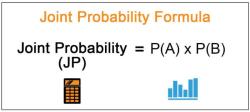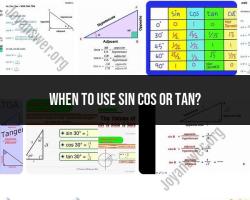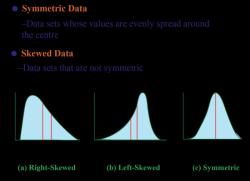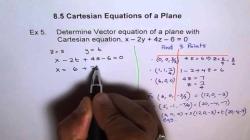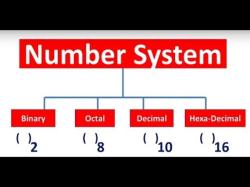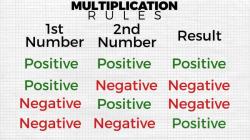How do you calculate area under curve?
The method for calculating the area under a curve depends on the specific curve and the available data. There are several techniques for calculating the area under a curve analytically, and the choice of method depends on the context. Here are some common methods:
Integration:
- If you have a mathematical function that represents the curve, you can calculate the area under the curve using definite integration. The definite integral of the function over a specified range provides the area under the curve within that range.
- For example, if you have a function f(x) and want to find the area under the curve between x = a and x = b, you can calculate the integral:
Geometric Shapes:
- If the curve can be approximated by simple geometric shapes (e.g., rectangles, triangles, trapezoids), you can divide the area under the curve into these shapes and calculate their individual areas. Then, sum up these areas to find the total area under the curve.
- This method is often used for estimating areas when you have discrete data points.
Numerical Integration:
- If you have discrete data points and don't have an analytical function, you can use numerical integration methods like the trapezoidal rule or Simpson's rule. These techniques approximate the area under the curve by breaking it into smaller segments and calculating the area of each segment.
- The trapezoidal rule is a simple method that approximates the area under the curve by treating each segment as a trapezoid.
Software and Tools:
- Many software programs and tools, such as spreadsheet software (e.g., Excel) and mathematical software (e.g., MATLAB, Python with libraries like NumPy and SciPy), provide built-in functions and tools for calculating the area under a curve. These tools can handle both continuous functions and discrete data points.
Graphical Methods:
- For a quick estimate, you can also visually approximate the area under a curve on a graph using graph paper or software. Divide the area into small regions, estimate their areas, and sum them up.
Monte Carlo Integration:
- Monte Carlo integration is a statistical method that can be used to estimate the area under a curve by randomly sampling points beneath the curve and calculating the ratio of points beneath the curve to total points in a known region.
The choice of method depends on the nature of the curve and the data available. If you have a mathematical function, integration is often the most accurate method. If you have discrete data, numerical integration or geometric approximations may be more appropriate. Software tools can provide efficient and accurate calculations for complex curves and datasets.
Understanding the Basics of Calculating Area Under a Curve
The area under a curve is the amount of space that the curve takes up on a graph. It can be calculated using a variety of methods, including:
- Definite integrals: Definite integrals are a mathematical tool that can be used to calculate the area under a curve. They involve taking the integral of the function that represents the curve over a specified interval.
- Numerical methods: Numerical methods are approximate methods that can be used to calculate the area under a curve. They involve breaking the curve up into smaller pieces and then calculating the area of each piece using a simple formula.
Methods for Computing the Area Beneath a Graphed Curve
There are two main methods for computing the area beneath a graphed curve:
- Definite integrals: This method is the most accurate, but it can be difficult to use for complex curves. To use this method, you need to know the equation of the curve and the interval over which you want to calculate the area.
- Numerical methods: These methods are easier to use than definite integrals, but they are less accurate. There are a variety of numerical methods available, such as the trapezoidal rule and Simpson's rule.
Step-by-Step Guide to Finding the Area Under a Curve
To find the area under a curve, you can follow these steps:
- Choose a method. Decide whether you want to use definite integrals or numerical methods.
- Calculate the area. If you are using definite integrals, you will need to use calculus to calculate the integral of the function that represents the curve over the specified interval. If you are using numerical methods, you will need to break the curve up into smaller pieces and then calculate the area of each piece using a simple formula.
- Interpret the results. Once you have calculated the area, you can interpret the results to determine what they mean. For example, if you are calculating the area under a curve that represents the velocity of a car, the area would represent the distance that the car traveled.
Here are some additional tips for calculating the area under a curve:
- If the curve is defined by a piecewise function, you will need to calculate the area under each piece of the function separately and then add the areas together.
- If the curve is not continuous, you will need to break it up into smaller continuous pieces and then calculate the area under each piece.
- If the curve is negative, the area under the curve will be negative.
- If the curve goes above and below the x-axis, the area under the curve will be the sum of the areas above and below the x-axis.
Conclusion
Calculating the area under a curve is a useful skill in many different areas, such as mathematics, physics, and engineering. By following the steps outlined above, you can learn how to calculate the area under a curve using a variety of methods.








